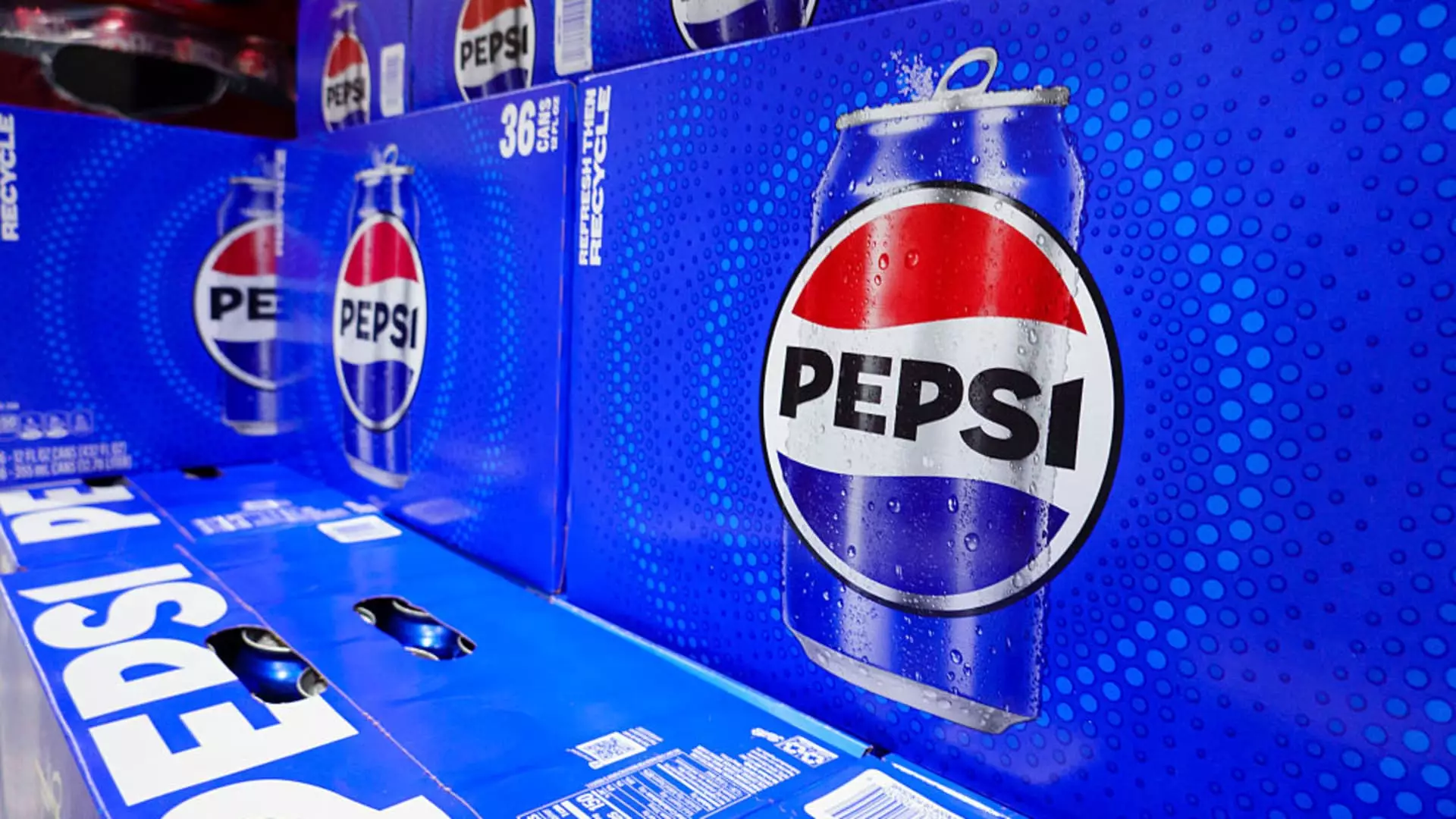PepsiCo’s recent earnings report offers a veneer of success, yet beneath this polished surface lies a troubling reality. The company’s surge in revenue and adjusted earnings per share might appear impressive at first glance, but a closer inspection reveals that these figures are built on shaky foundations. A 1% increase in net sales and a 2.1% organic revenue growth seem positive, yet they are overshadowed by declining volumes, especially in North America—a crucial market that should be driving growth, not dragging it down. The fact that overall volume shrank by 1.5% in food and remained flat for beverages signals a waning consumer appetite, questioning whether these are sustainable gains or just temporary wins due to strategic repositioning.
While executives like CEO Ramon Laguarta express cautious confidence, their optimism might be somewhat delusional. The assertion that North American demand will soon rebound appears overly hopeful. It’s easy to trumpet strategic shifts toward healthier and multicultural snacks, but these initiatives often serve as Band-Aids rather than cures for deeper issues: stagnating consumer engagement and market saturation. The company’s doubles-down on new product lines and marketing adjustments seem more like attempts to paper over declining core sales rather than genuine turnaround strategies.
Cost-Cutting as a Double-Edged Sword
PepsiCo’s decision to close manufacturing plants and streamline logistics illustrates a focus on margins—a necessary move in today’s volatile economic environment. However, this approach risks alienating consumers who are increasingly loyal to brands with authentic, consistent quality and availability. Cutting costs in manufacturing can impair product quality and limit your ability to respond quickly to demands for innovation. These measures often serve shareholders more than consumers, fostering an environment where profits are prioritized over product excellence.
Furthermore, the company’s efforts to optimize transportation and evaluate marketing spend may improve short-term margins but could stifle long-term growth. Reduced marketing investments might save money now, but they threaten brand equity and consumer perception. In an era where emotional connection and authentic storytelling are critical, scaling back advertising could backfire, leading to further erosion of market share. Instead of relying solely on internal efficiencies, PepsiCo should consider how to deepen consumer loyalty through meaningful engagement.
Shifting Strategies or Shuffling Deck Chairs?
Pepsi’s emphasis on healthier snacks, multicultural offerings, and innovative product relaunches—like revitalized Lay’s and Tostitos—demonstrates a reluctance to confront core issues head-on. Is this enough to reignite growth in an increasingly competitive landscape? Possibly not. These initiatives might just be superficial fixes that buy time rather than delivering transformative change. The company seems to be trying to fit into the zeitgeist rather than leading it, risking the trap of following trends rather than setting them.
Moreover, the focus on “evaluating” how marketing dollars are spent signals uncertainty rather than confidence. This ambivalence suggests that PepsiCo itself isn’t fully convinced these tactics will yield lasting results, yet they press forward as if such adjustments are enough. The underlying challenge remains: consumer preferences are shifting rapidly, toward health-conscious and ethically driven choices that Pepsi may be slow to fully embrace.
A Reckoning for the Future
While the corporate narrative promises a return to healthier growth, the underlying economic realities tell a different story. The broader market signals indicate that consumer discretionary spending is weakening, and even the mighty PepsiCo cannot escape the effects of economic downturns or changing perceptions. Their projected low single-digit organic revenue growth and flat earnings outlook underscore a company struggling to reinvent itself amid mounting headwinds.
In the end, PepsiCo’s current tactics reveal a company desperately clinging to the remnants of past success, failing to fundamentally confront the structural challenges it faces. Instead of bold innovation rooted in consumers’ evolving needs, they lean on cost-cutting, minor product rebranding, and strategic realignments that seem more like deflections than solutions. This approach may delay the inevitable, but it will not prevent the painful realities of a market in transformation from catching up.

